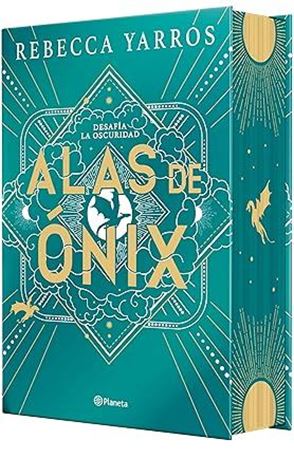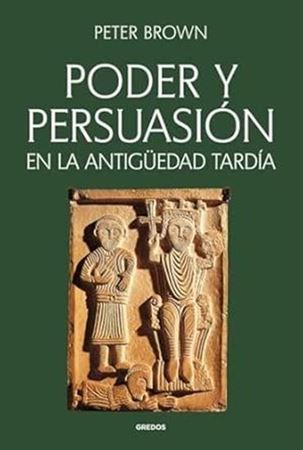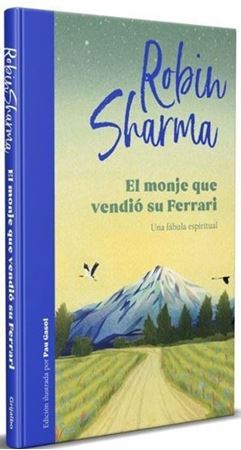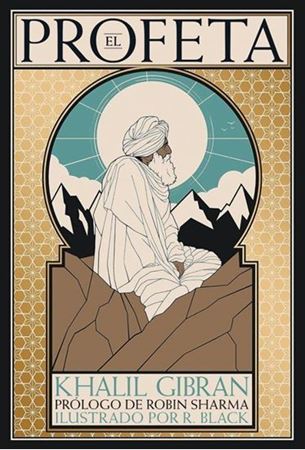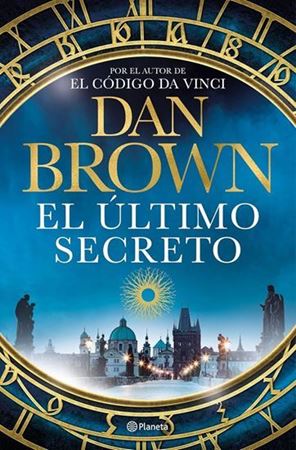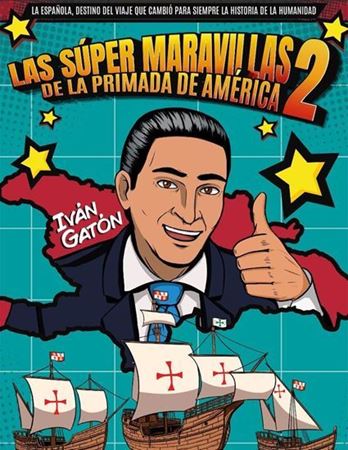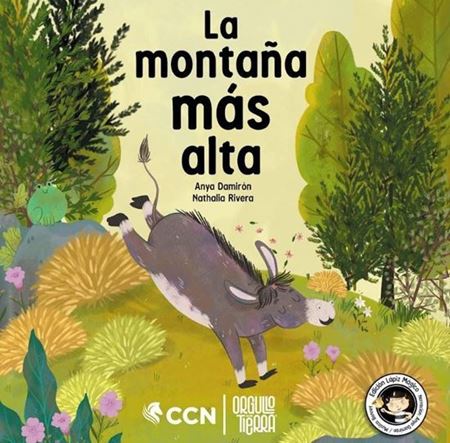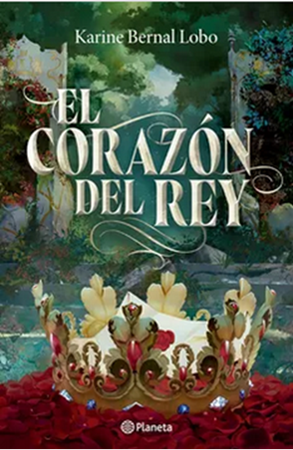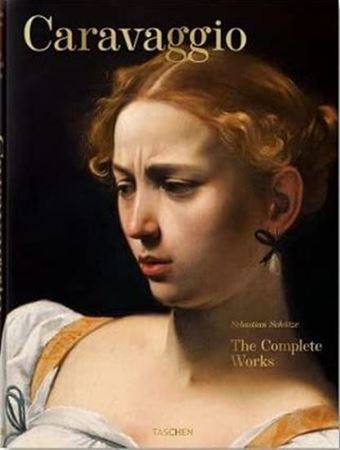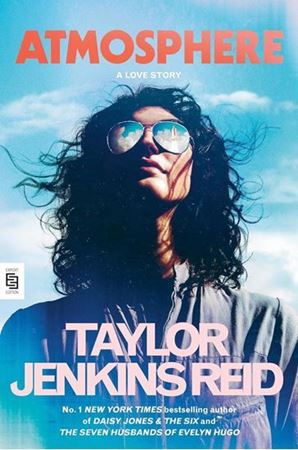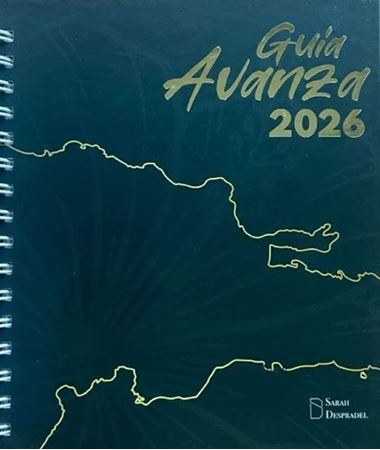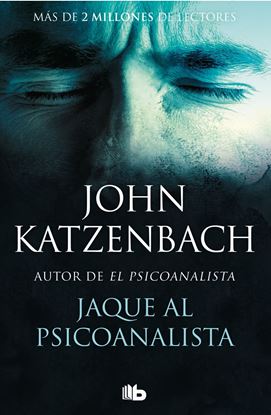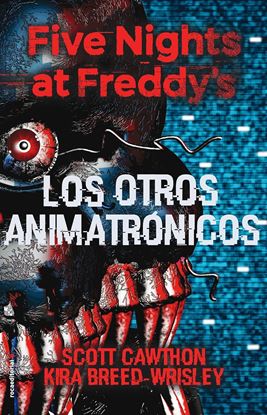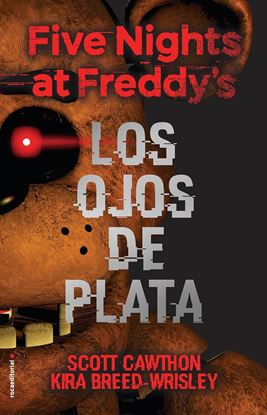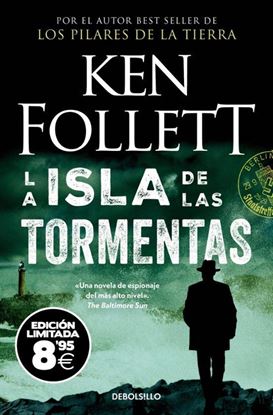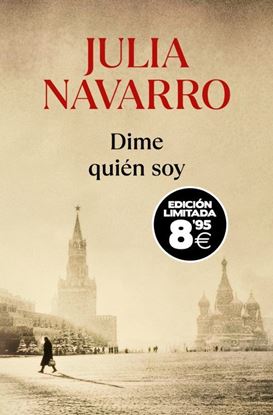

NOVEDADES
JAQUE AL PSICOANALISTA. VOL. II (BOL)
Han pasado cinco años desde que el doctor Starks acabó con la pesadilla que casi le cuesta la vida y que arrasó con todo lo que había sido hasta entonces, descubriéndole las facetas más oscuras del alma humana, también la suya.
Desde entonces, ha logrado reconstruir su vida profesional y vuelve a ejercer de psicoanalista instalado en Miami y atendiendo a adolescentes con graves problemas psicológicos y también a pacientes adinerados de la sociedad de Florida.
Sin embargo, una noche, cuando entra en su consulta, descubre tumbado en el diván a aquel al que había dado por muerto: Rumplestilskin ha vuelto y esta vez no busca acabar con él sino solicitar su ayuda. Por supuesto, no va a aceptar un no por respuesta.
995
FIVE NIGHTS AT FREDDYS 2.OTROS ANIMATRON
Segunda novela oficial de la serie basada en el video juego de terror que arrasa en el mundo entero. Ha pasado ya un año desde los terribles sucesos acontecidos en Freddy Fazbear's Pizza, y Charlie está haciendo todo lo posible por seguir adelante. Ni la emociOn por empezar en una nueva escuela pueden hacerla olvidar lo sucedido; siguen persiguiéndola y atormentando las pesadillas de un asesino enmascarado y sus cuatro temibles animatrOnicos. Charlie quiere creer que aquella experiencia ha acabado, pero cuando descubren una serie de cuerpos cerca de la escuela llenos de heridas que le resultan inquietantemente familiares, se verá arrastrada de nuevo al mundo de aquellos horribles seres creados por su padre. Hay algo absolutamente retorcido que está a punto de atrapar a Charlie, y esta vez no la dejará escapar.
1,400
FIVE NIGHTS AT FREDDYS 3. CUARTO ARMARI
¿Qué fue lo que realmente sucedió con Charlie? Esta es la pregunta que John es incapaz de entender, además de las constantes pesadillas que tiene en las que Charlie aparece muerto, pero en las que también, milagrosamente, Charlie reaparece. Lo único que John quiere es olvidar la saga de terror que vivió en la Freddy Fazbear's Pizza, pero el pasado no es tan sencillo de enterrar. Mientras tanto, la apertura de una nueva pizzería en Hurricane trae consigo una nueva ola de secuestros que le suenan muy familiares. Unidos por la pérdida de su niñez y a regañadientes, John se juntará con Jessica, Marla y Carlton para resolver el caso y encontrar a los niños desaparecidos. A lo largo del camino, descifrarán el misterio de lo que le sucedió a Charlie y del inquietante legado de las creaciones de su padre.
1,400
FIVE NIGHTS. PIZZAPLEX 2. SPLAT (TB)
Adéntrate en las historias del área restringida de Mega Pizzaplex... si te atreves.
Lectores, ¡cuidado!
Estas tres terroríficas historias son suficientes para inquietar incluso a los más valientes y temerarios. Si eres fan de Five Nights at Freddy's no querrás perderte esta nueva entrega de la serie que te mantendrá despierto toda la noche.
Steve sueña con vivir de los videojuegos y formar una familia, lo que le lleva a un trabajo que parece demasiado bueno para ser verdad. Aiden y Jace no pueden resistirse a asustar a unos niños dentro de Freddy Fazbear's Mega Pizzaplex. Y Billy quiere convertirse en la versión perfecta de lo que realmente es: un animatrónico.
Ten cuidado con lo que deseas en el mundo de Five Nights at Freddy's…
1,350
FIVE NIGHTS AT FREDDYS 1. OJOS DE PLATA
Del creador de la exitosa serie de videojuegos de terror Five Nights at Freddy's.
Diez años después de los horribles asesinatos en Freddy Fazbear's Pizza que destrozaron su ciudad, Charlie, cuyo padre era dueño del restaurante, y sus amigos de la infancia se reúnen en el aniversario de la tragedia y se encuentran en la vieja pizzería que había sido cerrada y abandonada. durante años. Después de descubrir una forma de entrar, se dan cuenta de que las cosas no son como solían ser. Las cuatro mascotas animatrónicas de tamaño adulto que alguna vez entretuvieron a los clientes han cambiado. Ahora tienen un oscuro secreto. . . y una agenda asesina.
1,450
INSOLACION (TD)
Obra maestra pionera y reivindicativa de una de las escritoras más importantes de la literatura europea del siglo XIX.
En el Madrid de finales del siglo xix, Asís Taboada, joven viuda del marqués de Andrade, vive un intenso debate interno sobre la atracción y el deseo que siente hacia el cautivador Diego Pacheco durante las fiestas de San Isidro.
Con Insolación, Emilia Pardo Bazán fue más allá del naturalismo para adentrarse plenamente en la novela realista más psicológica y transgredir los rígidos preceptos de la moral imperante de la época. El resultado es una novela corta pero muy poderosa, que no solo demuestra el enorme talento de la autora gallega, sino que también representa un grito liberador ante las restricciones sociales de las mujeres en un sistema abrumadoramente patriarcal.
Complementa esta edición una selección de relatos breves que plasman la modernidad y la amplitud estilística y temática de Pardo Bazán.
1,800
LA ISLA DE LAS TORMENTAS (BF) (BOL)
En el año 1944 los aliados preparan en secreto una de las mayores operaciones militares de la historia: la invasión de la Europa ocupada por los nazis.
Henry Faber, espía alemán, descubre que el desembarco se efectuará en Normadía e intenta llevar la noticia al Alto Mando alemán, pero nunca llegará a su destino...
750
DIME QUIEN SOY (BF) (BOL)
Un periodista recibe la propuesta de investigar la vida de su bisabuela, Amelia Garayoa, una mujer de la que sólo sabe que huyó abandonando a su marido y a su hijo poco antes de que estallara la guerra civil española. Para rescatarla del olvido deberá reconstruir su historia desde los cimientos encajando, una a una, todas las piezas del inmenso y extraordinario puzle de su vida.
Marcada por cuatro hombres que la cambiarán para siempre -el empresario Santiago Carranza, el revolucionario francés Pierre Comte, el periodista estadounidense Albert James y el médico militar vinculado al nazismo Max von Schumann-, la historia de Amelia es la de una antiheroína presa de sus propias contradicciones que cometerá errores que no terminará nunca de pagar y que acabará sufriendo, en carne propia, el azote despiadado tanto del nazismo como de la dictadura soviética.
Desde los años de la Segunda República española hasta la caída del Muro de Berlín, pasando por la Segunda Guerra Mundial y la Guerra Fría, la nueva novela de Julia Navarro rebosa intriga, política, espionaje, amor y traición.
750
BAJO EL MUERDAGO (BF) (BOL)
Harían cualquier cosa con tal de salvar el hotel... salvo trabajar juntos.
Bienvenidos al hotel Forest Manor, un encantador establecimiento en el que tanto los huéspedes como el personal son como de la familia. Excepto Izzy y Lucas, claro, pues la rivalidad que hay entre ellos es tal que incluso les han prohibido coincidir en el mismo turno.
Tras dos años de penurias, tal vez haya llegado el momento de que el hotel cierre sus puertas para siempre. Pero entonces Izzy devuelve un anillo perdido a su dueño y la recompensa que recibe convence a la dirección de que tal vez hayan encontrado la solución a sus problemas. Quedan cuatro anillos más en la caja de objetos perdidos, y recae sobre Lucas y ella la responsabilidad de salvar sus empleos.
Conforme su amarga enemistad va tornándose en algo diferente (y mucho más complicado), ambos comienzan a preguntarse si podría estar en juego mucho más que el destino de su querido hotel... ¿Podrán salir de diciembre con el corazón intacto?
750

